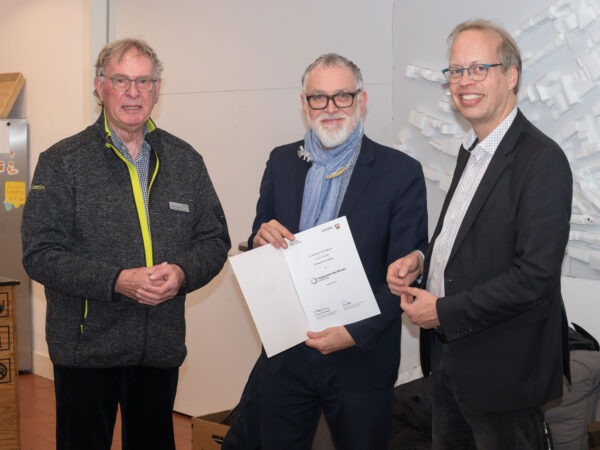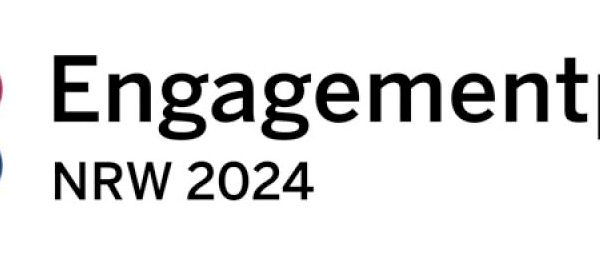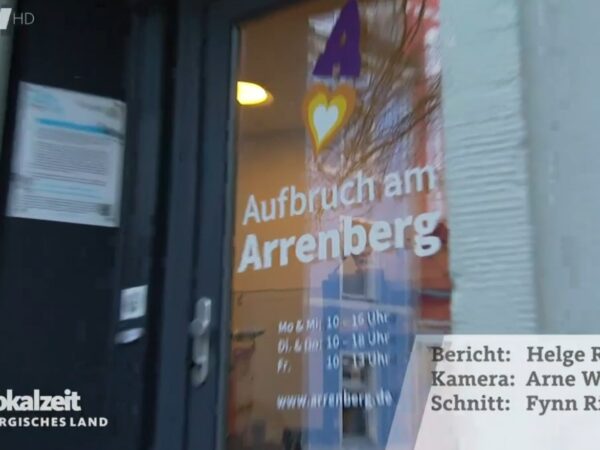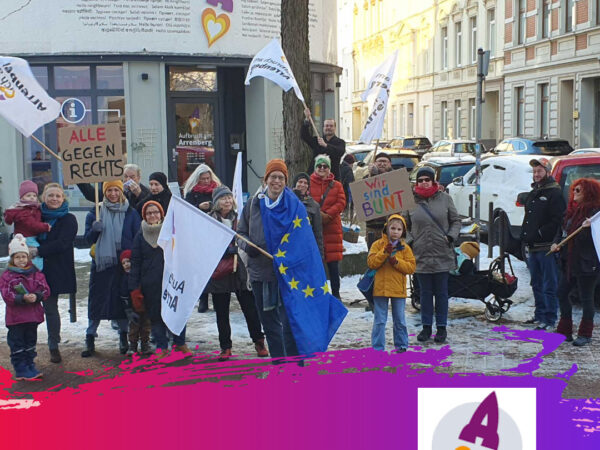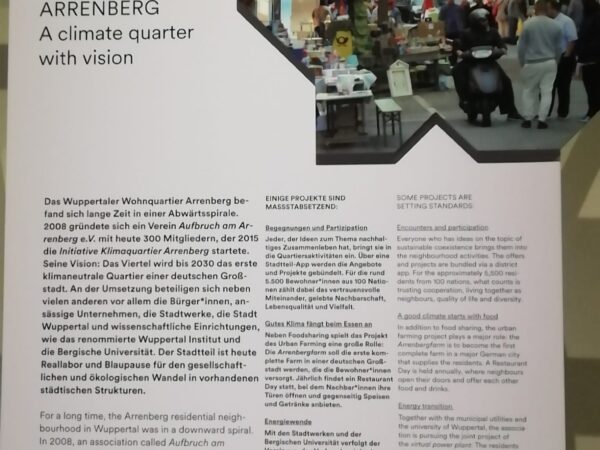Der Verein an sich - 7. July 2021
Der Sparkassen-Spendentag auf gut-fuer-wuppertal.de
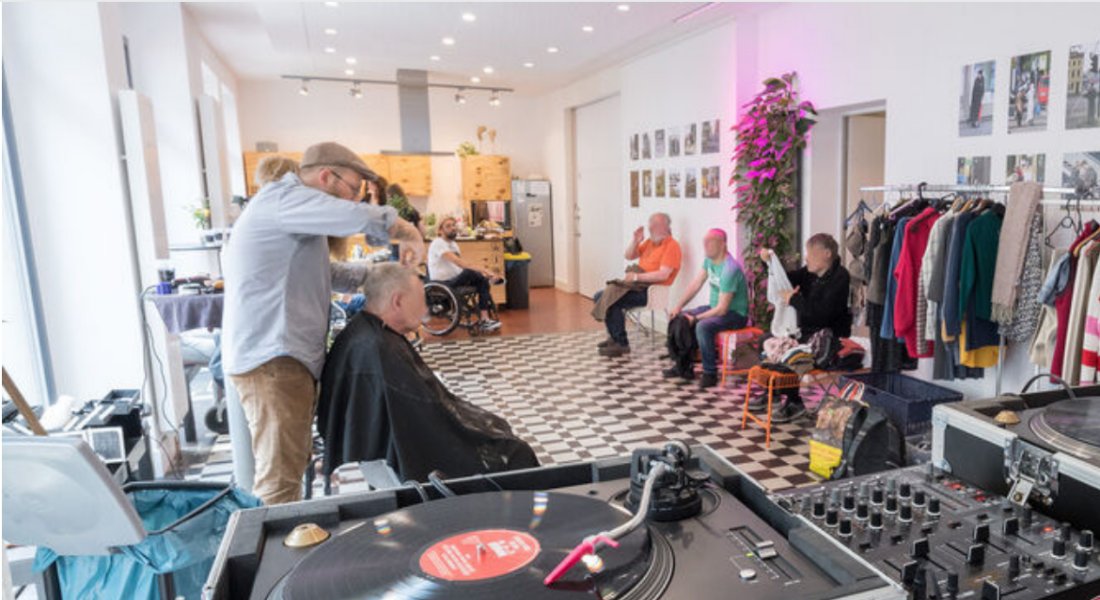
Am Sonntag, den 01.08.2021 startet die Stadtsparkasse Wuppertal auf gut-fuer-wuppertal.de wieder eine besondere Aktion. Die Stadtsparkasse feiert den Neustart des Schwebebahnbetriebs mit einem Spendentag. Pünktlich von 0 bis 23:59 Uhr am 01.08.2021 läuft der Sparkassen-Spendentag, bei der die Stadtsparkasse Wuppertal einen Spendentopf in Höhe von 20.500 Euro zur Verfügung stellt.Jedes Projekt mit einer Spende über gut-fuer-wuppertal.de am 01. August bekommt einen zusätzlichen Anteil aus dem Spendentopf. Je mehr Spenden dein Projekt erhält, desto höher ist der Anteil vom Spendentopf!





























